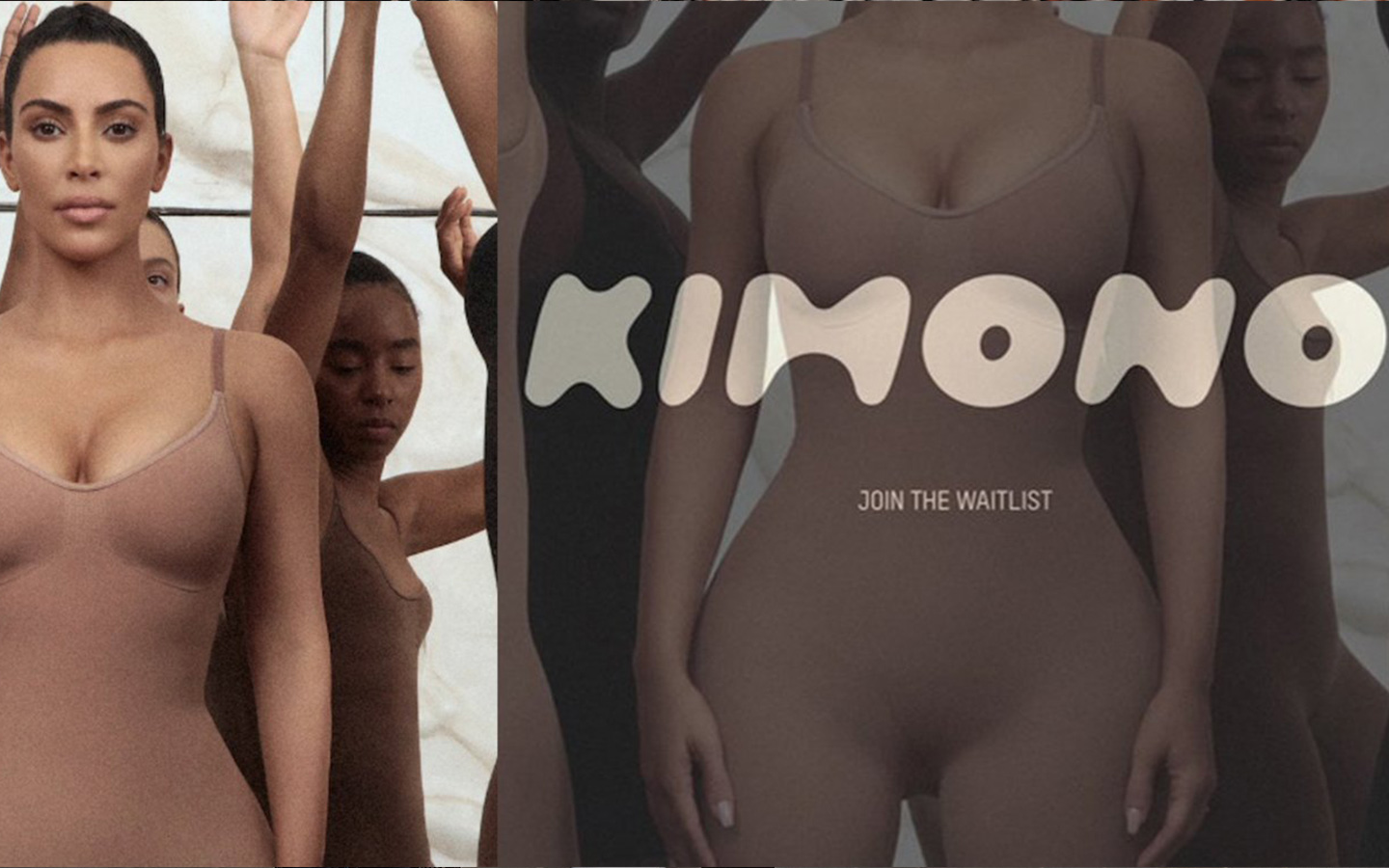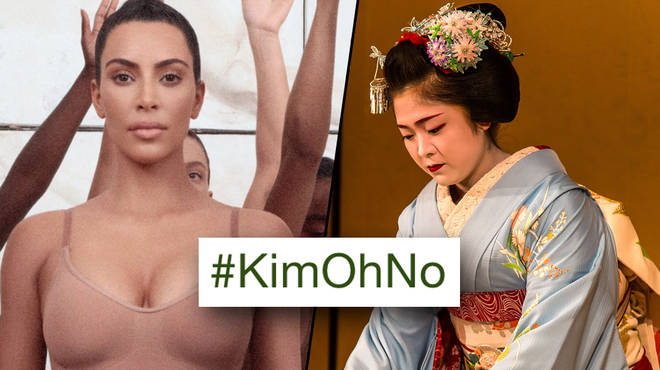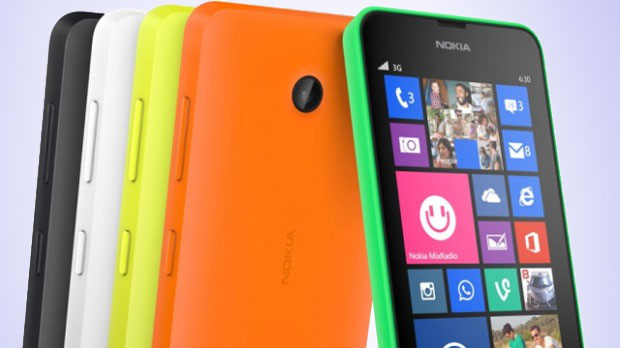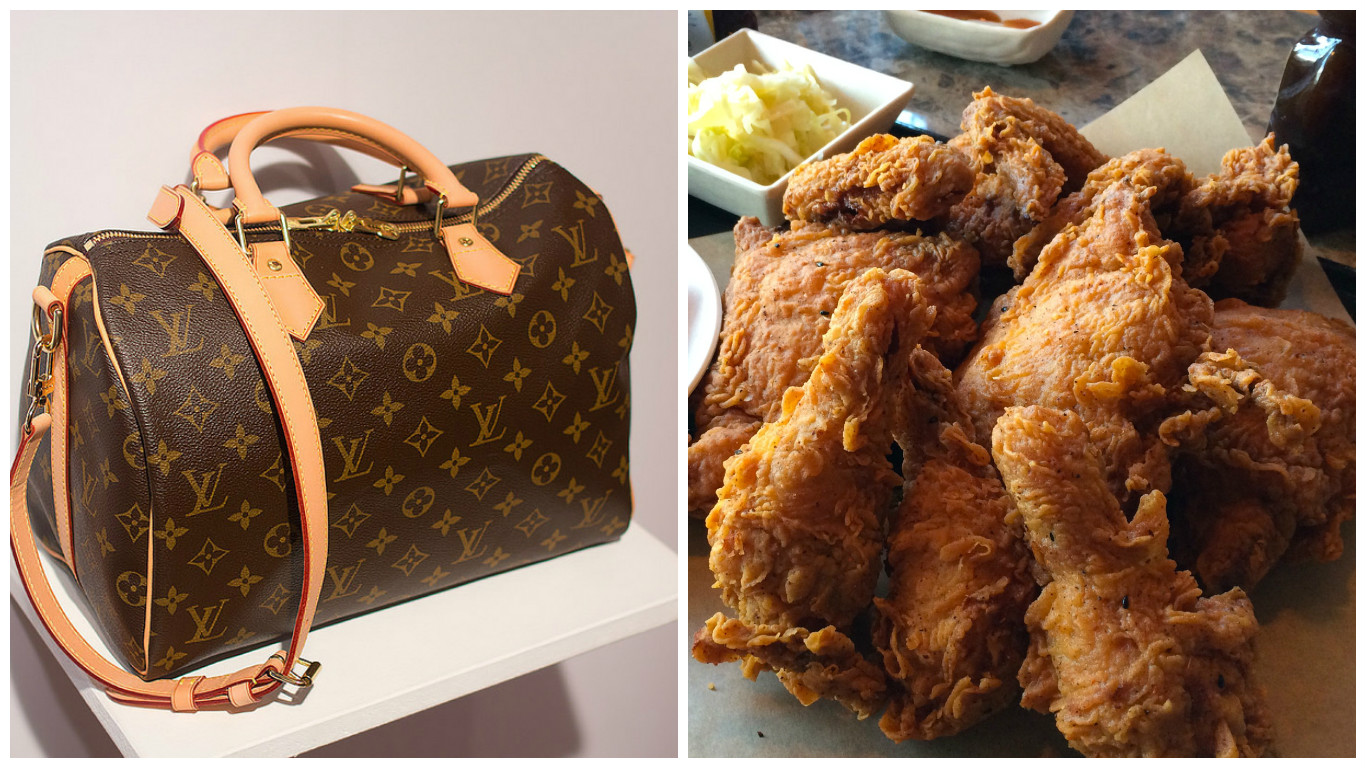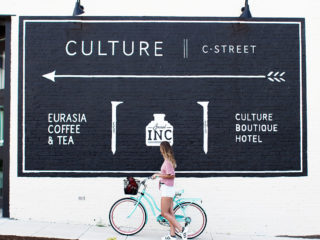Creating a brand name is easy, right?
You’ve come up with a product or a service, it’s ground breaking, going to set the world on fire and you’re passionate as hell about it. You know you need to create a brand around it to tell the story to the world, but what do you call it? How do you refer to it? What’s your brand name? Will people understand it? Will they know how to pronounce it? Will it offend anyone? Can you protect it? But that doesn’t matter, you’ve got the perfect name and you’ve fallen in love with it.
It’s not that easy, as Kim Kardashian found out to her cost, with the launch of her new ‘shapewear’ clothing brand which she called Kimono. It’s easy to see how she got there. You’re globally famous – reference your name as part of the brand name. Tick. Have a brain wave that your product is like the Japanese garments that hug the body – wow, our customers will really understand the concept! Tick. Put it all together and boom we have lift off. Except no. Trade mark applications stall, the Japanese public and her fans cause outcry over cultural appropriation. It just smacks of naivety and lack of awareness, and proper process being ignored for passion and falling in love with a name. “When I announced the name of my shapewear line, I did so with the best intentions in mind,” Kardashian West said on social media. “My brands and products are built with inclusivity and diversity at their core and after careful thought and consideration, I will be launching my Solutionwear brand under a new name.”
So you can see that creating a brand name isn’t easy. It’s just as difficult as naming your offspring and making sure they have equal chance of being a court judge or a popstar with a name that doesn’t hold them back. Naming a brand is full of potential pitfalls, if you don’t follow the right brand naming process. There are a few key steps and rules for naming a business or product that will ensure the creation and protection of a name that emotionally resonates, is easy to remember and doesn’t offend culturally.
Key steps and rules to naming
1 Defining the brief
Everything should start with a purpose. Why are we doing this? Who for? Why are we creating a brand name? What’s the tone of voice; established or disruptive? Inclusive or exclusive? But everything must feel real and genuine to the ethos of the brand you’re creating or it won’t synchronise down the line, when you start to branch out into the visual and verbal identity. Establishing these key factors massively helps the creative process.
2 Creative exploration
This is where the fun begins – the unbridled exploration of ideas, inferred emotions and meanings. There are a wide range of areas to explore ranging from the visual (Jaguar), to directives (WeWork), geographic and historical (Evian), founders names (Ford, Gucci), plosives (Kodak), combined words (Facebook), to the nonsensical (Google, Yahoo) amongst others.
With close to 75 million active trademark filings globally, there’s a lot of competition.
Bearing in mind there are over 340 million registered domain names, it’s essential to think more creatively to ensure you find a unique name.
3 Filtering, research and sense checking
There’s naturally a sense check at this point where some of the more crazy ideas are discounted and the more serious contenders are progressed. When you have a long list it’s worth doing a quick online search to check if those names have been taken or registered as trade marks, domains, or social media handles. If you find that some of your favourites have been taken then all is not lost. It’s at this point most contemporary brands have decided to alter their spelling, if not meaning, to be able to register (Flickr, Reddit). It’s also worth double checking that the cultural references aren’t going to cause any issues and there are no sexual, religious or racial implications.
With a strong selection of names that fit the creating a brand name brief, have the right cultural associations and sound good i.e. you wouldn’t sound stupid when picking up the phone and greeting using this name, this is the time to spend more time researching and digging around to make sure there are no potential pitfalls.
4 Linguistics
In a connected global world and if you have ambitions to trade globally, it’s important to bear in mind whether the names chosen can be easily pronounced (and remembered) and whether there are any non-complimentary translations. For example Nokia’s smartphone Lumia translates in Spanish slang to ‘prostitute’. Always check the official dictionary, as well as the urban dictionary, for the markets you want to enter.
5 Legal checks
With this refined list, it’s then worth spending some time and effort having a legal check carried out for copyright, to ensure you could legally own and more importantly protect your name, without any infringements. In one of the more shocking examples of international trademark infringement, a South Korean fried chicken restaurant recently lost a trademark battle with designer Louis Vuitton. The court ruled in the designer’s favour after determining that the restaurant’s name of Louis Vuiton Dak was too similar to Louis Vuitton. Sometimes it’s obvious, other times it’s not, so this stage is vital.
6 Shortlist
With a selected list of names that meet the brief, are protectable and you can register, it’s then time to sit back have an overview and let the emotional and rational sides of your brain tussle it out, depending on what you need to communicate. Talk to your audience and get feedback, but also listen to your gut for what will work and cut through.
7 The Name
You’ll then end up with a name that sums up your brand, is owned and unique and that you can go into battle with.
The next task is to create a visual and verbal brand identity that communicates these emotional and rational values to the world.
If you would like to talk more about the naming process, or what comes next, please get in touch.
